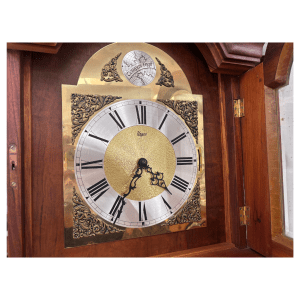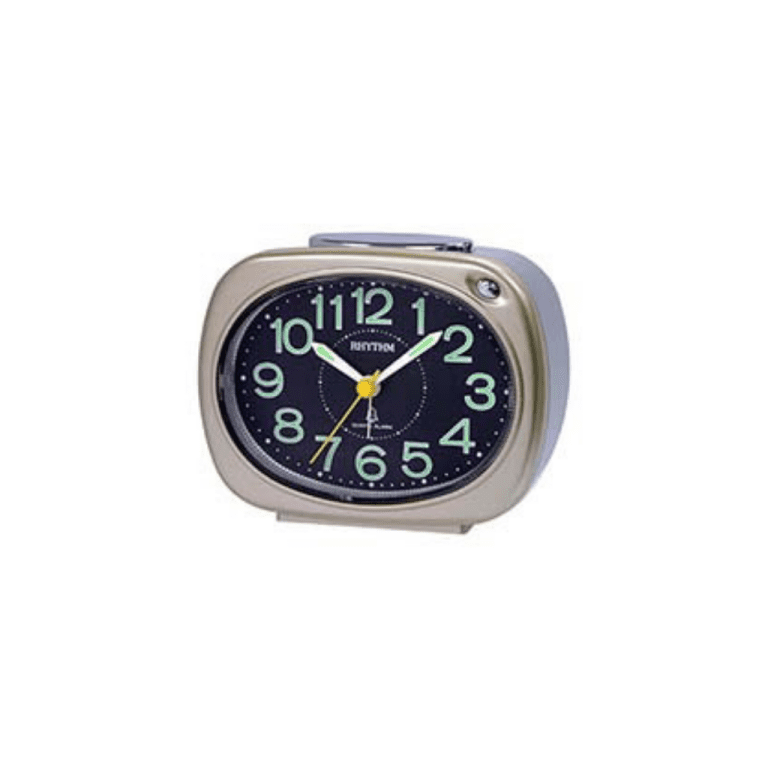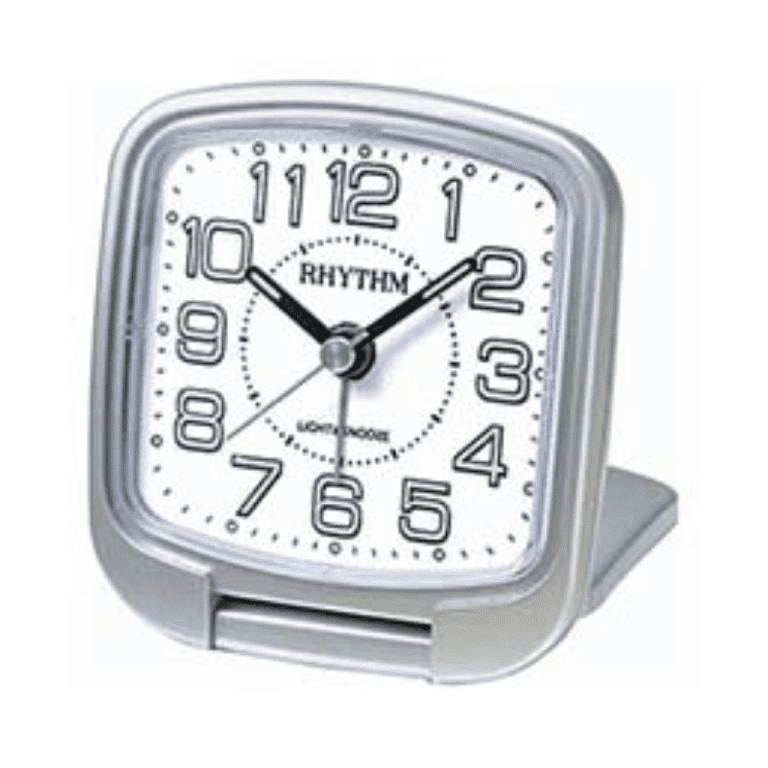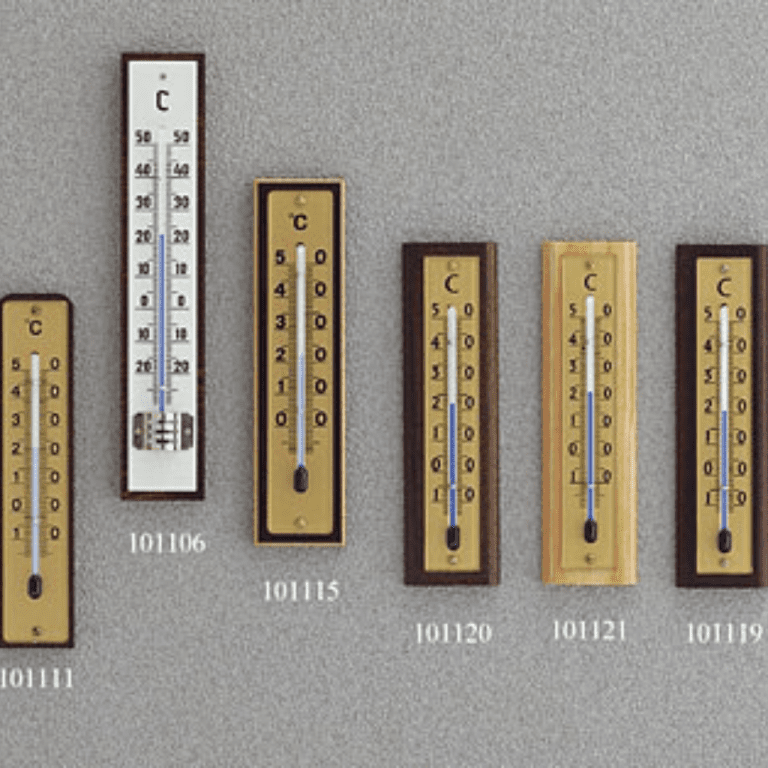Pocket watches date back to the 16th century. Early watches, or “pocket clocks,” only had an hour hand; the minute hand came along in the early 17th century. Technical advances continued, and in the 1820s, watches using the lever escapement became accurate to within a minute a day.
Until the wristwatch was developed based on the trench watch of World War I, pocket watches set the standard for portable timekeeping, style, and status. Let’s take a look at some instances where pocket watches changed our understanding of history, and history caused pocket watches to change.
Civil War Sub Captain’s Watch Holds Century Plus Secret
We don’t know where Lt. George Dixon, commander of the submarine CSS H. L. Hunley, was born. We do know that he was a steamboat engineer on the Mississippi River and settled in Mobile, Alabama, before the war began. In Mobile, he joined the local Masonic lodge, the Mobile Grays, a local police force, and in 1861 enlisted in the 21st Alabama Infantry.
Dixon must have been a man of some wealth based on the personal effects recovered from his position beneath the forward conning tower. These included silver suspender buckle loops, diamond-studded jewelry, a bent 1860 $20 gold coin that was struck by a bullet during the Battle of Shiloh, and most importantly, an 18-carat gold pocket watch.
When scientists opened the watch, they found the hands at 8:23 p.m. This appears to support the theory that the submarine sank during its attack on a Union warship.
On Feb. 17, 1864, during the U.S. Civil War, the H.L. Hunley sank the USS Housatonic in a clandestine night attack in Charleston Harbor. This was considered the first successful submarine attack on an enemy warship.
In this situation, “successful” is relative; the submarine’s crew was presumably killed instantly by the explosion. The craft’s spar torpedo consisted of a copper cylinder containing 135 pounds (61 kilograms) of black powder attached to a 22-foot (6.7 m)-long wooden spar. This outcome is still debated by some, but it is hard to imagine that an explosion of that size in that proximity to the sub would not be fatal to all on board.
Experts had theorized that the Hunley went down between 8:45 and 9:00 p.m. Captain Green, commander of a nearby Union ship, the USS Canandaigua, documented that the Housatonic was sunk at 8:45 p.m. “by a rebel torpedo craft.” This was before railroad travel brought about universal time standards; the Union’s standard time was about 20 minutes ahead of Charleston’s local time, so the two times coincided. The United States standardized time zones in 1883.
The Hidden Message in Lincoln’s Watch
On February 12, 2009, Abraham Lincoln’s 200th birthday, Harry Rubenstein, chief curator of the Smithsonian’s exhibition Abraham Lincoln: An Extraordinary Life, got a call from Douglas Stiles, a 59-year-old attorney from Waukegan, Illinois. Stiles claimed his great-great-grandfather, an Irish immigrant and watchmaker named Jonathan Dillon, had etched a secret message inside President Lincoln’s pocket watch just as the Civil War broke out.
Further, he wanted to know if Rubenstein would be interested in bringing in an expert craftsman to disassemble the 150-year-old English gold watch, which had been in the museum’s possession for more than 50 years, to check. Other than family lore, Stiles’ only evidence was a 1906 New York Times article in which Dillion was interviewed while on jury duty.
In the article, Dillon tells a reporter that he was working on Lincoln’s watch at M. W. Galt & Co. on Pennsylvania Avenue on April 13, 1861, when his boss, Mr. Galt, came into the workshop and announced that the rebels had attacked Fort Sumter in South Carolina.
“I was in the act of screwing on the dial when Mr. Galt announced the news,” Dillion said. “I unscrewed the dial and, with a sharp instrument, wrote on the metal beneath: ‘The first gun is fired. Slavery is dead. Thank God we have a president who at least will try.’ Then I signed my name and the date.’”
Rubenstein was intrigued and decided to have the watch opened and examined. I guess he had not seen Geraldo Rivera open Al Capone’s empty vault on a two-hour live television special in 1986. Millions of viewers learned the legendary gangster’s vault contained nothing.
A month later, jeweler George Thomas, surrounded by photographers and Stiles, his wife Betsy, and his brother Don, took the watch apart and delicately lifted the watch face away to reveal the following messages:
“Jonathan Dillon April 13–1861 Fort Sumpter [sic] was attacked by the rebels on the above date. J Dillon.”
“April 13–1861 Washington. Thank God we have a government. Jonth Dillon.”
It’s not exactly the same message Dillon told the NY Times reporter, but human memory is seldom a precision instrument.
At some point, two additional people added the following:
“LE Grofs Sept 1864 Wash DC” and written on a brass lever “Jeff Davis.” Jeff Davis refers to Confederate President Jefferson Davis (D-Mississippi). Hence, Lincoln’s watchmaker was a Confederate sympathizer.
You know how it is. Once a graffiti artist puts their tag on a highway overpass, all the hotshots want in on the action. Let’s just be glad the watch wasn’t serviced any more often than it was.
Railroad Grade Pocket Watches Set The Standard
In the era before automated switching, with trains traveling in opposite directions on the same track, departure and arrival times were critical. The light at the end of the tunnel, being an oncoming train, is even more dangerous and terrifying if you’re riding on a train when you see it.
The Great Kipton Train Wreck on April 19, 1891, changed railroad timekeeping, led to standards for the railroad grade watch, and created a timepiece inspection system. A fast mail train headed eastbound collided with a passenger train, the Toledo Express, headed westbound at the Kipton, OH, train station, about 40 miles west of Cleveland.
The engineers for both trains and six postal workers on the mail train died. Both locomotives were demolished, wooden mail cars were smashed into kindling, and a fireman, multiple passengers, and people at the station were injured.
Investigators concluded that the crew of the Toledo Express was at fault. Their train was late and should not have left for Kipton with the express mail train coming on the same track. They failed to make it onto a siding in time to let the mail train pass safely.
“But the engineer’s watch stopped four minutes and then began running again, a little matter of life and death of which he was unconscious,” said Webb C. Ball, the man tasked by the Lake Shore and Michigan Southern Railroad to investigate time and watch conditions on the line, in a copyrighted 1910 article that ran in newspapers nationwide. His efforts resulted in the watch performance and inspection standards of 1893. According to the Ohio Historical Marker at the Kipton train wreck site, the phrase “Get on the Ball” is a reference to his work.
Here is a partial list of railroad grade watch standards:
- Maximum variation of 30 seconds per week (about 4 seconds a day), which was impressive accuracy for the time period.
- Watch adjusted to at least five positions: Face up and face down (positions a watch would take on a flat surface); then crown up, crown left, and crown right (positions a watch would take in a pocket). Occasionally, a sixth position, crown down, would be included.
- Only open-faced dials with the stem at 12 o’clock with bold Arabic numerals, a second dial, and thick hands,
- Minimum 17-jewel movement
- Had to be lever set to avoid inadvertently changing the time when winding the watch.
A standard watch inspector would check a railroad worker’s watch twice a month. Before starting a trip, crews had to check their watches with “standard clocks” at stations or roundhouses.
Conductors and engineers compared watches, and so did the engineer and fireman. If someone’s watch wasn’t keeping good time, they had to get a loaner watch. Crew members could buy watches through monthly payments made through payroll deduction.
Credited to:https://medium.com/lessons-from-history














